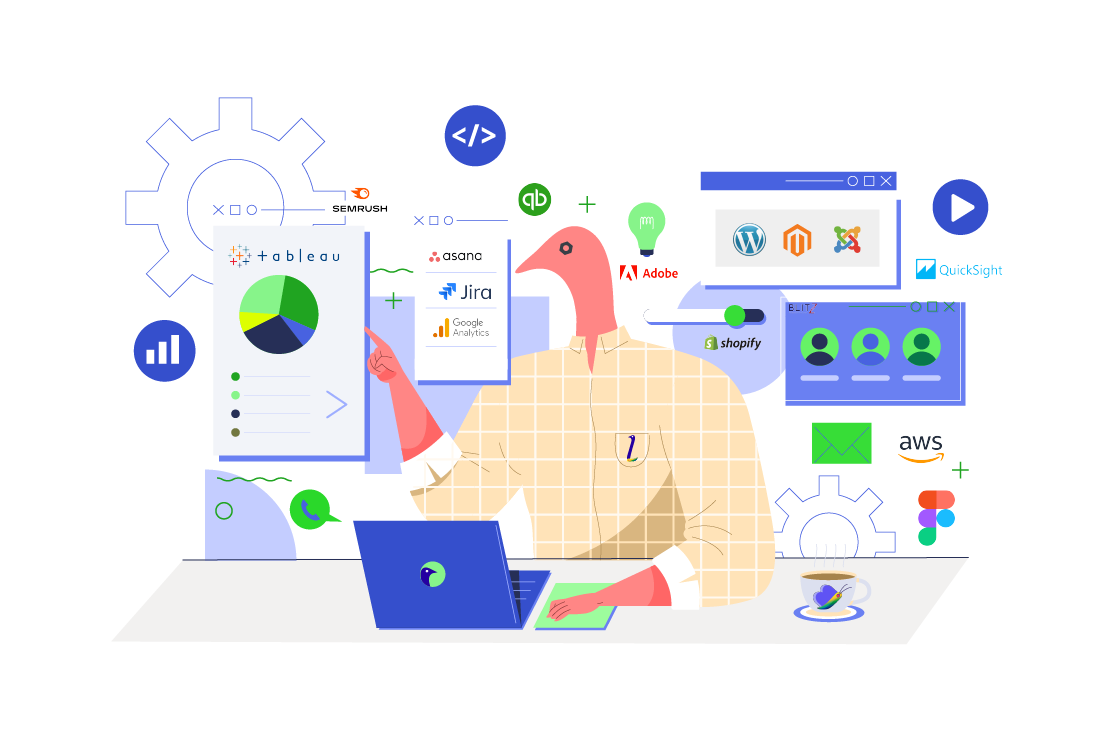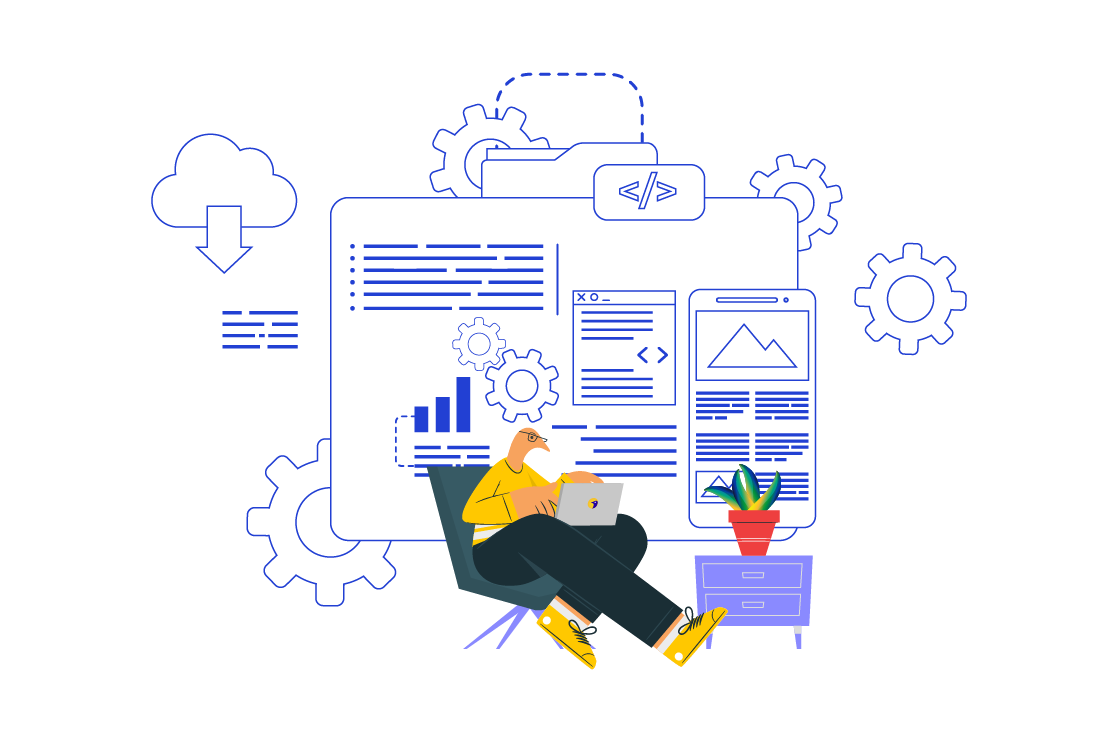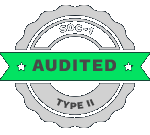Does your business meet web accessibility standards? If not, it should. Here’s why.
Table of Contents:
What are web accessibility standards?
Website accessibility helps people with disabilities use websites and web tools. While countries tend to have their own web accessibility standards, we will be focusing on the ones set by the Americans with Disabilities Act (ADA).
This means your website needs to follow the WCAG 2.1 AA technical standards.
There is no actual law in the US for private entities that mandates web accessibility. However, while the ADA doesn’t mention websites, its Title III has been largely interpreted by US courts and the Department of Justice (DOJ) to apply to websites.
This more or less means your website is potentially a target for plaintiffs’ law firms.
But that shouldn’t be the reason you scramble to look up the ADA. You should do it, because. You know. It makes things easier for people with disabilities.
Useful resources for accessibility guidelines:
What is the WCAG?
The Web Content Accessibility Guidelines (WCAG) are published by the World Wide Web Consortium (W3C).
There are different versions of WCAG (1.0, 2.0, and 2.1) as well as levels of conformance (A, AA, AAA).
The WCAG 2.1 is extremely long, but some of the more prominent points are:
-
Add alt text to images and non-text content. Video-only and audio-only content should have a text transcript.
-
There should be a color-contrast ratio of at least 4.5:1 between the background and all the text.
-
Text should be able to be resized up to 200% without losing ease of readability or of using functions.
-
All functions and content of your website should be accessible by the keyboard, ie., without a mouse.
-
If there is content that scrolls, moves or blinks, users should be able to hide, pause or stop it.
-
The navigation layout should be consistent.
If you’re still uncertain of how to go about it, reach out to your local web development company for clarity.
Why do these accessibility guidelines need to be met?
The web has become an important resource for everything from employment to education. It should be accessible to people with different sight, movement, hearing and cognitive ability.
You may come across business owners who hem and haw and claim that it is too hefty of an investment. It is not.
Since web accessibility improves user satisfaction and user experience, it can widen your market reach and enhance your brand.
This is how users benefit from ADA-compliant websites.
Access to information
With web accessibility, people with disabilities can have more access to useful content for employment, healthcare, entertainment, and so on.
Reach a wider audience
From a business perspective, accessible web design helps you obtain more loyal customers. According to the Click Away Pound survey, retailers in the UK lost 15.5 billion USD in 2016 because people with disabilities were unable to buy their products online.
Improve your SEO
It goes without saying that website accessibility will improve your SEO, from reducing your bounce rate to increasing your traffic to making you easier to find in search engines.
Meet objectives more efficiently
Accessible website design will enable all your users – not just ones with disabilities – to get what they are looking for more efficiently. Trustworthy web development services will be able to do this for you.
Conclusion
All right, so now that you know it’s not only ethical but a good business decision to make your website accessible, you’re probably wanting a web design company who can make that happen.
Lucky you, BluEnt is just a click away. We offer inclusive web design with great UX/UI. But don’t take our word for it. Check out what we’ve done for our clients.
Ready to get started? Contact us now.
Maximum Value. Achieved.



 How to Maximize Revenue in Multi-Country, Multi-Currency eCommerce
How to Maximize Revenue in Multi-Country, Multi-Currency eCommerce  Headless Commerce for Multi-Storefronts – How to Scale Regionally Without the Overhead
Headless Commerce for Multi-Storefronts – How to Scale Regionally Without the Overhead  Best Web Producer for Marketing Support: Execute Your Strategies Right Away
Best Web Producer for Marketing Support: Execute Your Strategies Right Away  Web Producer for Marketing Support: Your Strategy, Our Execution
Web Producer for Marketing Support: Your Strategy, Our Execution 
